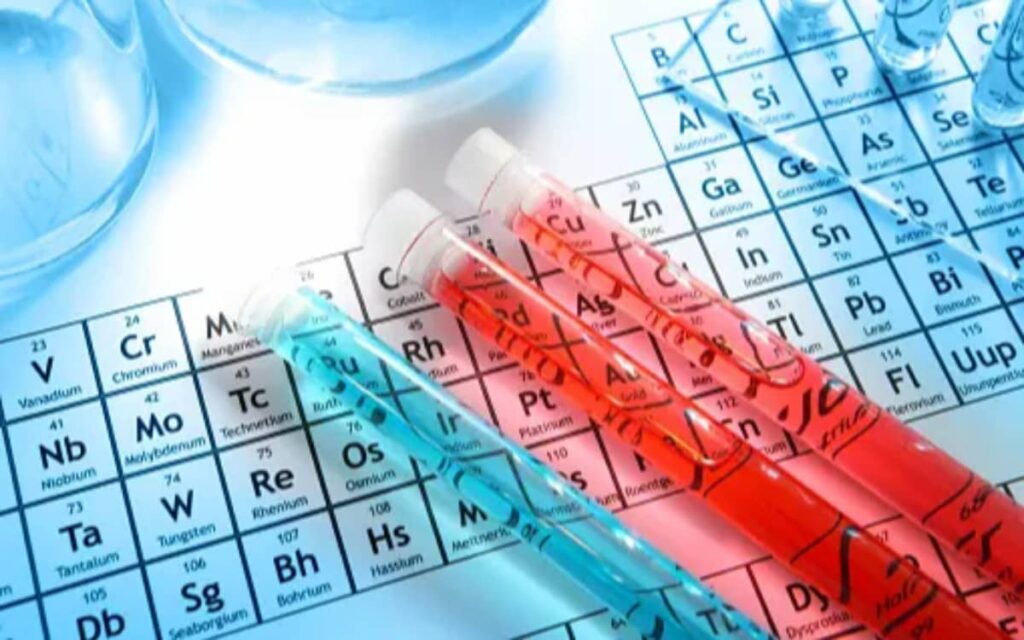
Introduction
In the vast world we live in, everything around us is made up of tiny particles known as atoms. These atoms come together to form various substances, and understanding their composition is key to understanding the world we live in. In this blog, we will explore the fascinating world of elements and the periodic table, which acts as a roadmap to these elements.
The Elements
Atoms combine to form molecules, but sometimes, substances consist of only one type of atom. These substances are known as elements. Gold, for example, is an element made up of only gold atoms.
There are 92 naturally occurring elements, each with its own unique properties. Some elements, like carbon and iron, are well-known, while others, such as astatine and terbium, are lesser-known.
The Periodic Table
With so many elements to keep track of, scientists have developed a tool called the periodic table. The periodic table is a comprehensive list of all the known elements arranged in a specific order.
The elements in the periodic table are arranged based on their atomic number. Each element has a unique atomic number, which represents its place in the periodic table. For example, hydrogen, the lightest element, has an atomic number of 1, while helium, the second lightest element, has an atomic number of 2.
The periodic table is divided into horizontal rows called periods and vertical columns called groups. There are seven periods and 18 groups in the periodic table. The elements in each group share similar characteristics, making it easier to understand their properties.
Additionally, the periodic table is split into two parts by a diagonal band. Elements to the left of this band are metals, while elements to the right are nonmetals. There is also a special category called semimetals, which possess properties that are in between metals and nonmetals.
Exploring the Elements
Understanding the periodic table allows us to explore and learn more about the elements.
For example, if we were asked to find the element with atomic number 30, we can scan the periodic table and locate zinc.
Similarly, if we wanted to know the atomic number of calcium, we would find calcium on the periodic table and see that its atomic number is 20.
We can also determine the row and group of an element. For instance, sulfur is located in the third row, while elements in the fifth row could be strontium, tin, iodine, or others. The combination of the row and group provides a unique identifier for each element.
Groups in the periodic table also have specific names. For example, group 1 elements, excluding hydrogen, are called alkali metals, while group 17 elements are known as halogens. These group names make it easier to understand the similarities between elements.
Metal vs. Nonmetal
One of the fundamental distinctions in the periodic table is between metals and nonmetals.
Metals are typically shiny, solid, and good conductors of electricity and heat. They can also be malleable, which means they can be hammered into thin sheets without breaking. Examples of metals include titanium, iron, aluminum, silver, and gold.
Nonmetals, on the other hand, are often found as gases or liquids and are poor conductors of electricity and heat. They tend to be brittle and break easily when struck with a hammer. Examples of nonmetals include sulfur, selenium, and carbon.
There is also a category of elements called semiconductors, which possess properties that are in between metals and nonmetals. These elements have unique electrical conductivity characteristics and are used in various electronic devices.
The Significance of Hydrogen
While the periodic table consists of 92 naturally occurring elements, there is one element that stands out: hydrogen.
Hydrogen is unique because it does not fit into any specific group. It is considered to be a group all by itself. Although it is located to the left of the diagonal band, it is not a metal. Instead, hydrogen is a gas and has properties that set it apart from the other elements.
The Power of the Periodic Table
The periodic table is a powerful tool that condenses a vast amount of information into a compact, organized form. It allows scientists and enthusiasts alike to understand the properties and relationships between different elements.
Just as our ordinary alphabet allows us to form words and communicate, the periodic table acts as the alphabet of the universe, allowing us to comprehend and explore the substances that make up our world.
Conclusion
The periodic table is a remarkable creation that unlocks the secrets of the elements. It provides a systematic way to categorize and understand the vast array of substances that surround us.
Next time you encounter the periodic table, take a moment to appreciate the wealth of knowledge it represents and the incredible journey it took to transform a chaotic jungle of facts into a beautifully organized garden of information.

